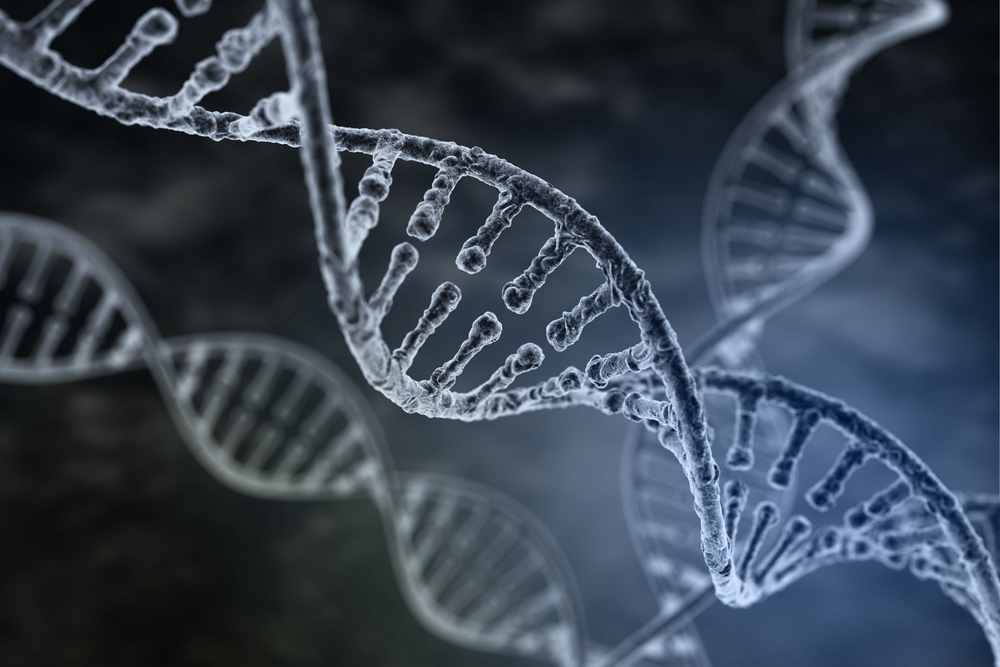Targeting Genetic Alterations in Multiple Myeloma May Suppress Tumor Growth, Study Suggests
Written by |

Changes in gene activity in the DNA of multiple myeloma cells can lead to the progression of the disease by shutting down the expression of tumor-suppressor microRNAs, according to a study.
The research suggested that inhibiting the enzyme responsible for the DNA modifications may be a promising approach to treating myeloma patients because it reduces the expression of four important myeloma-promoting genes.
The study, “EZH2 inhibition in multiple myeloma downregulates myeloma associated oncogenes and upregulates microRNAs with potential tumor suppressor functions,” was published in Oncotarget,
Trying to understand the genetic modifications underlying myeloma development, Uppsala University researchers found that chemical modifications in histones, which are DNA-associated proteins, were often associated with the development of myeloma.
Chemical changes in histones, much like epigenetic — or gene-activity — changes in DNA, can influence gene expression, telling the cell’s machinery what genes to shut down.
The team focused on an enzyme known as EZH2 that can promote modifications in histones. They discovered that inhibiting the protein could reduce the survival of the tumor cells. But the mechanism through which EZH2 inhibitors impaired cancer-cell survival was not known.
The researchers have since learned that inhibiting EZH2 can reduce myeloma cell survival by decreasing the levels of four important tumor-promoting genes in myeloma.
“The role of oncogenes in the development of cancer is to potentiate the survival of the cancer cell, which instead of undergoing cell death, as is usually the case when the cell is not functioning properly, continues to divide and proliferate,” Helena Jernberg Wiklund, the study’s lead author, said in a press release.
“In our study we identified four oncogenes that showed lower activity in cells treated with the EZH2 inhibitor as compared to control treated cells. All four genes have previously been shown to be associated with the development of multiple myeloma. This confirms our previous findings that inhibition of EZH2 could be used as a means to treat multiple myeloma.”
But the researchers were still puzzled about this mechanism. When you inhibit EZH2-derived histone modifications, you expect to see increased gene expression and not the opposite.
“The answer is that there are other genetic factors involved, called microRNAs,” Wiklund said.
The team found that EZH2 inactivation reactivated the expression of two microRNAs, called miR-125a-3p and miR-320c. The molecules, which trigger the degradation of certain genes, were responsible for reducing the levels of the tumor-promoting genes.
“What happens then is that when EZH2 is inhibited there is a reduced histone modification at the microRNA genes,” Wiklund said. “This leads to an increased synthesis of the microRNAs, which in turn decreases the activity of the oncogenes. This is a completely new mechanism for EZH2 action.”
Together, the findings support EZH2’s potential as a treatment avenue in multiple myeloma. They also suggest that triggering the expression of microRNAs in myeloma cells is a promising approach.






